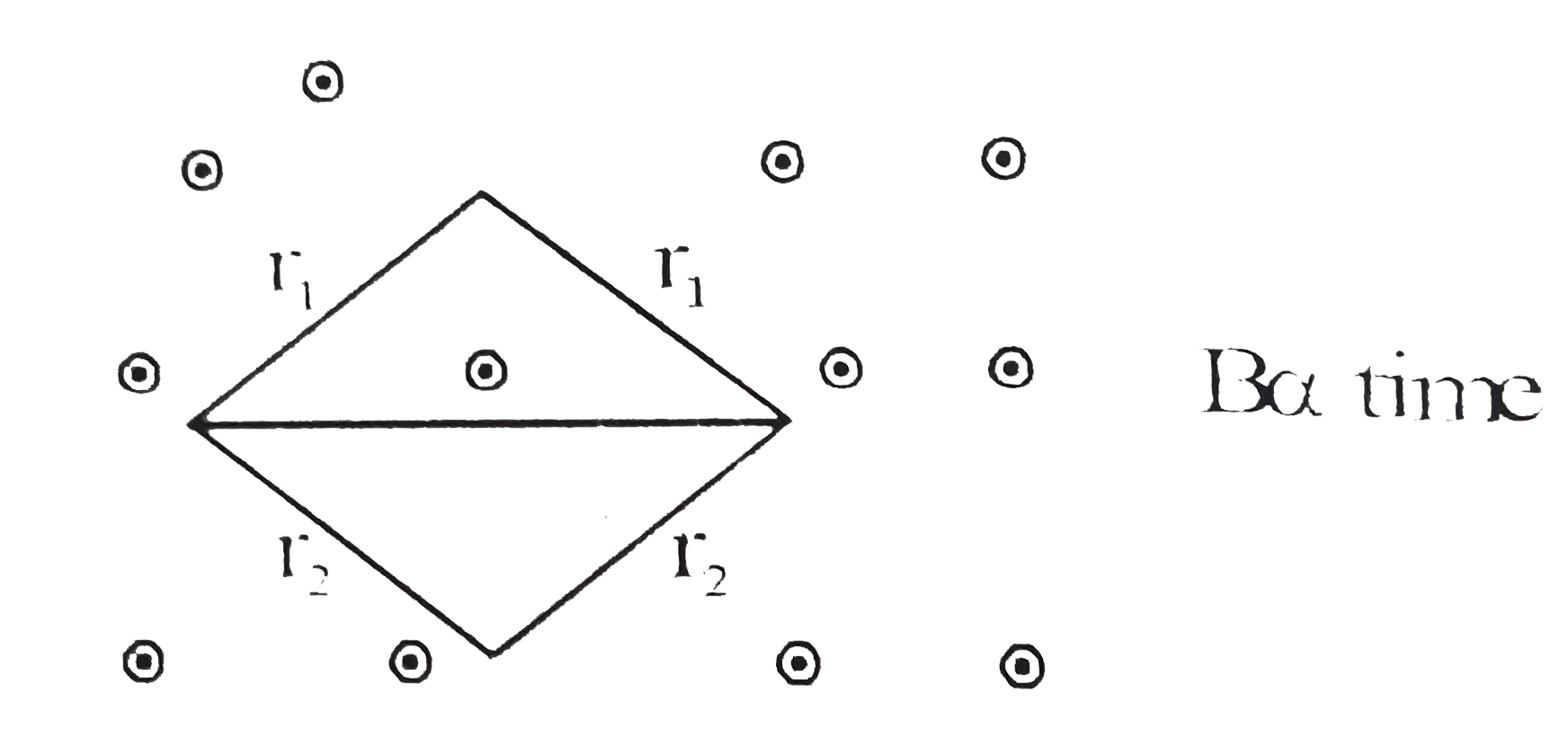[A]: Gramineoos type of stomata are found in Gramineae and Cyperaceae.
[R]: Gramineous stoma1a are dumbbell shape
If both A and R are true and R is the correct explanation of A
If both A and R are true but R is not the correct explanation of A
If A is true and R is false
If both A and R are false
The correct Answer is:A
To solve the question regarding the assertion and reason about Gramineous type of stomata, we can follow these steps:
1. Identify the Assertion and Reason:
- Assertion (A): Gramineous type of stomata are found in Gramineae and Cyperaceae.
- Reason (R): Gramineous stomata are dumbbell-shaped.
2. Understand the Families Mentioned:
- The family Gramineae is also known as Poaceae, commonly referred to as the grass family.
- The family Cyperaceae consists of plants known as sedges.
3. Function of Stomata:
- Stomata are openings in the plant's epidermis that facilitate gas exchange (CO2 and O2) and transpiration.
4. Structure of Gramineous Stomata:
- Gramineous stomata are characterized by their unique structure, which includes two guard cells surrounding a stomatal aperture and subsidiary cells.
- The shape of these guard cells is typically described as dumbbell-shaped.
5. Evaluate the Assertion:
- The assertion states that Gramineous stomata are found in both the Gramineae (Poaceae) and Cyperaceae families. This is true as both families are known to possess this type of stomata.
6. Evaluate the Reason:
- The reason states that Gramineous stomata are dumbbell-shaped. This is also true based on the structural characteristics of the stomata in these families.
7. Conclusion:
- Since both the assertion and the reason are true, and the reason correctly explains the assertion, we can conclude that the correct answer is that both statements are true and the reason is a correct explanation of the assertion.
Final Answer:
Both the assertion and reason are true, and the reason provides a correct explanation for the assertion.
---
- Assertion (A): Gramineous type of stomata are found in Gramineae and Cyperaceae.
- Reason (R): Gramineous stomata are dumbbell-shaped.
- The family Gramineae is also known as Poaceae, commonly referred to as the grass family.
- The family Cyperaceae consists of plants known as sedges.
- Stomata are openings in the plant's epidermis that facilitate gas exchange (CO2 and O2) and transpiration.
- Gramineous stomata are characterized by their unique structure, which includes two guard cells surrounding a stomatal aperture and subsidiary cells.
- The shape of these guard cells is typically described as dumbbell-shaped.
- The assertion states that Gramineous stomata are found in both the Gramineae (Poaceae) and Cyperaceae families. This is true as both families are known to possess this type of stomata.
- The reason states that Gramineous stomata are dumbbell-shaped. This is also true based on the structural characteristics of the stomata in these families.
- Since both the assertion and the reason are true, and the reason correctly explains the assertion, we can conclude that the correct answer is that both statements are true and the reason is a correct explanation of the assertion.
Both the assertion and reason are true, and the reason provides a correct explanation for the assertion.
Topper's Solved these Questions
Similar Questions
Sunken stomata are found in leaves of
1 Trifollium
2 Lemna
3 Nerium
4 Lilium
View Solution[A]: Maximum transpiration occurs in meso- phytes than xerophytes.
[R]: In mesophytes stomata are found on both surfaces of leaves and guard cells show frequent movements
View Solution[A] : Flagella found in green algae are of tinsel type .
[R] : Flagella in algae are whiplash type .
View SolutionStomata having pores bounded by a single ring-shaped guard cell are found in
View SolutionThe resistance R of a wire is found by determining its length l and radius r. The percentage errors in measurement of l and r are respectively 1% and 2%. The percentage error in measurement of R is
View SolutionA : XO type sex determination is found in large number of insects.
R : ZW type sex determination is found in birds.
View Solution[A]: Growth curve is the graphic representation of the total growth against time.
[R]: Population growth curves are of two types-J shaped and S shaped
View SolutionHow many type of gametes are found in F1 progeny of cross between AABBCC and aabbcc?
(a) 3
(b) 8
(c) 27
(d) 64
View SolutionGuard cells :
a. Enclose stomatal pore
b. Are dumb - bell shaped in dicots
c. Outer wall thick and inner wall thin
d. Regulates opening and closing of stomata
1 a & b are correct
2 a & d are incorrect
3 b & c are incorrect
4 c & d are correct
View SolutionThe sides of a square shaped frame, Shown in the diagram are made of wires of resistances r1 and r2 The frame is places in a uniform magnetic field, which is perpendicular to the plane of figure and is increasing at a constant rate. The resistance that should be connected across the diagonal of frame, so that this wire is warmed up at greatest rate is given by R=nr1r2r1+r2. Find n.

View Solution
